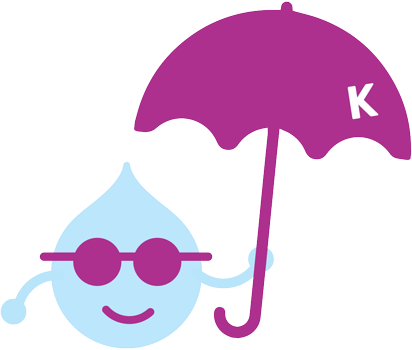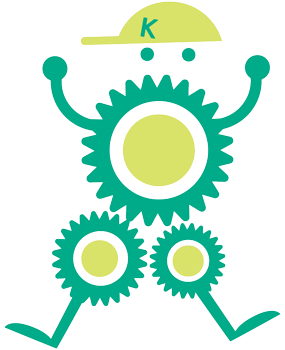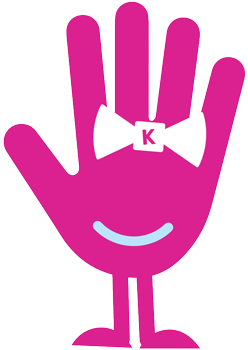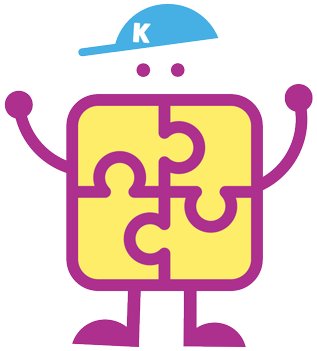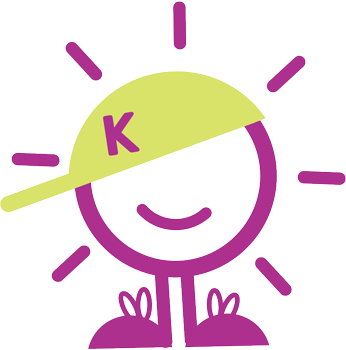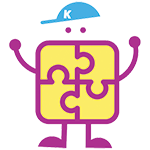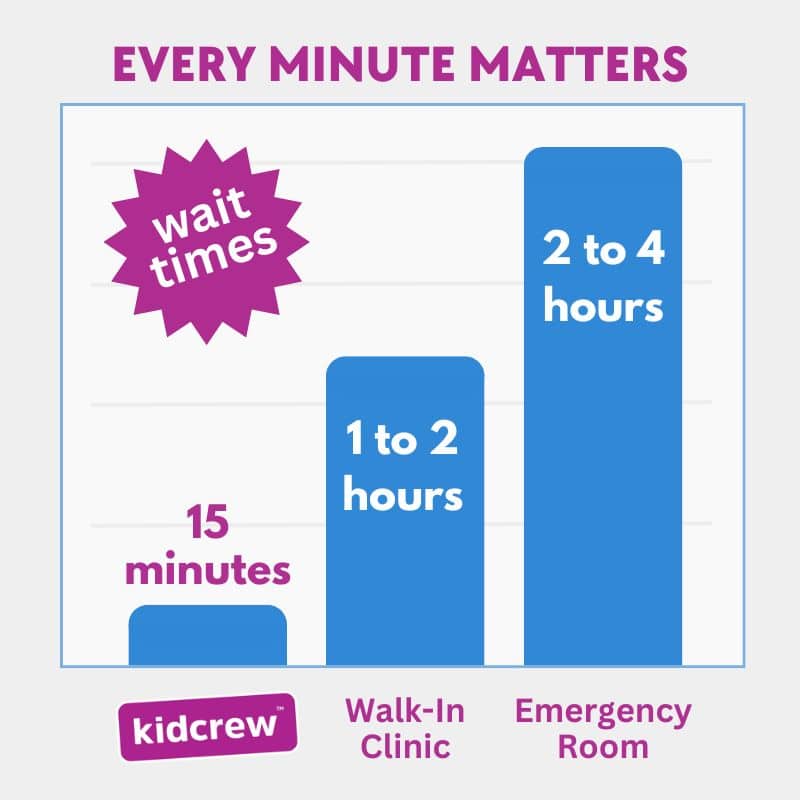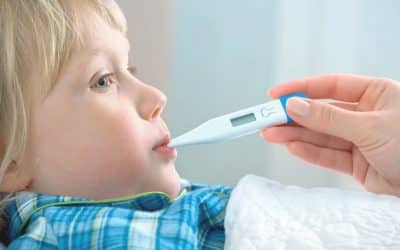Deciding the Right Spot for Childhood Injuries
It’s a sunny Saturday afternoon, and the kids are bustling with energy, zooming around on their bicycles. Suddenly, a small misstep, and your little one is on the ground, crying and holding their arm. As a parent, your first instinct is to panic, but then the big question arises—should you rush to the emergency room or is the clinic a better choice?
“As parents, it’s our first instinct to fear the worst, but not all injuries require a trip to the ER, which can often save you time and undue stress.”
– Dr. Dina Kulik
Understanding the Severity of Injuries
Minor Injuries:
- Scrapes and Bruises: These are the garden-variety injuries of childhood that often only need some first aid and a lot of TLC.
- Minor Cuts: If the cut is shallow, stops bleeding with direct pressure, and can be cleaned at home, it’s often safe to treat it without heading to the hospital.
- Mild Sprains: Gentle movements, ice, compression, and elevation can often manage these well at home or with a follow-up at the clinic.
Serious Injuries:
- Deep or Wide Cuts: If the cut is gaping or continues to bleed heavily despite pressure, it may need stitches.
- Suspected Broken Bones or Dislocations: If your child can’t move the limb or it looks deformed, it’s crucial to seek immediate care.
- Head Injuries: Any injury that involves a loss of consciousness, vomiting, or disorientation after a bump on the head needs emergency attention.
When to Visit the Emergency Room
The ER is equipped for the most severe cases, where rapid response and specialized care are critical:
- Severe Pain: If your child is inconsolable or unable to focus because of the pain, they need emergency care.
- Visible Bone or Severe Joint Issues: Any injury where a bone is visible, or a joint is severely out of place should be treated as an emergency.
- Significant Head Injuries: Symptoms like confusion, repeated vomiting, or unconsciousness after an injury mean a direct trip to the ER.
Choosing Urgent Care
For injuries that don’t threaten life or long-term health but still need professional attention, an urgent care clinic can be a great choice. These facilities can handle:
Moderate Cuts: Urgent care can provide stitches for cuts that are not life-threatening.
Mild to Moderate Sprains and Fractures: They can often perform x-rays and provide splints.
Minor Burns: Small burns with manageable pain are treatable at urgent care centers.
“Knowing where to go when your child is injured not only ensures they get the appropriate care quickly but also alleviates the healthcare system and keeps emergency rooms free for true emergencies.”
– Dr. Dina Kulik
Conclusion: Making Informed Decisions
Every parent dreads injury scenarios, but knowing the appropriate place for care can ease your mind and ensure your child gets the right help fast. Arm yourself with knowledge, and when in doubt, a quick call to your pediatrician or a nearby clinic can guide your next steps.
Remember, it’s always better to err on the side of caution when it comes to the health and safety of your children.


